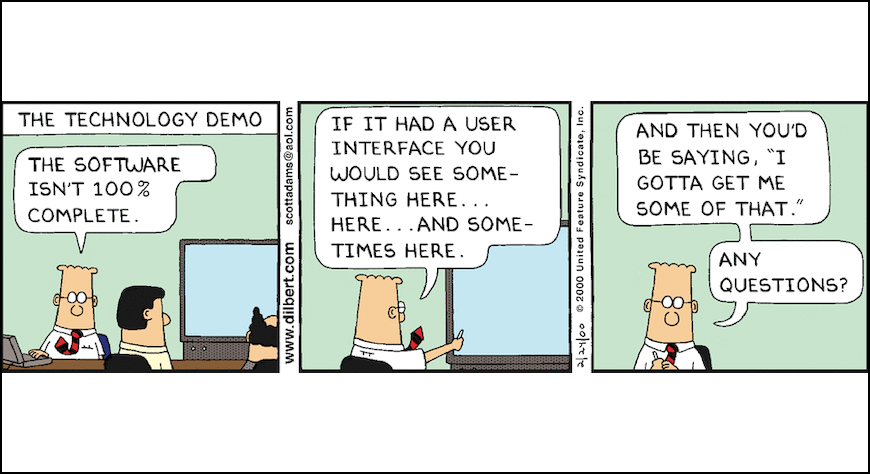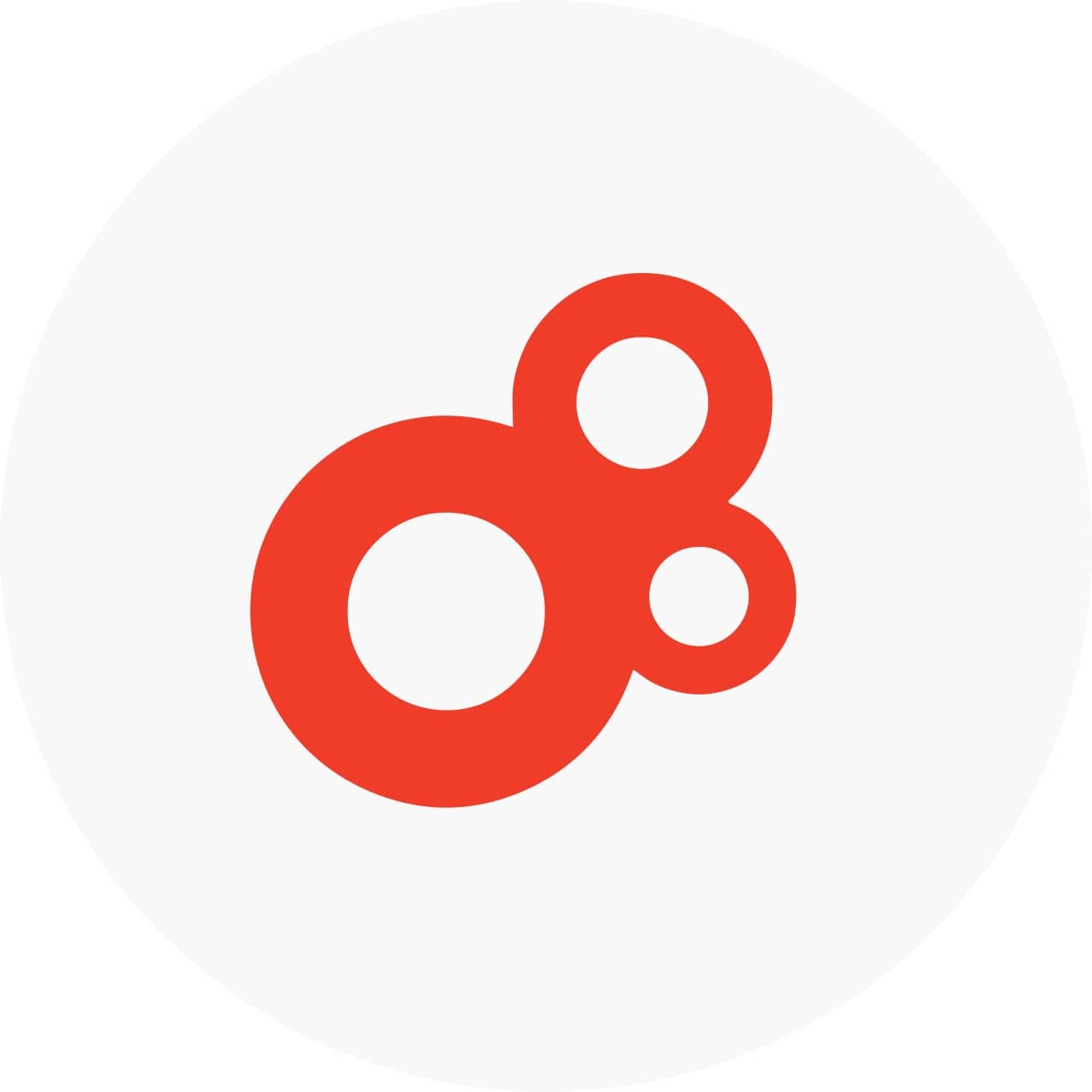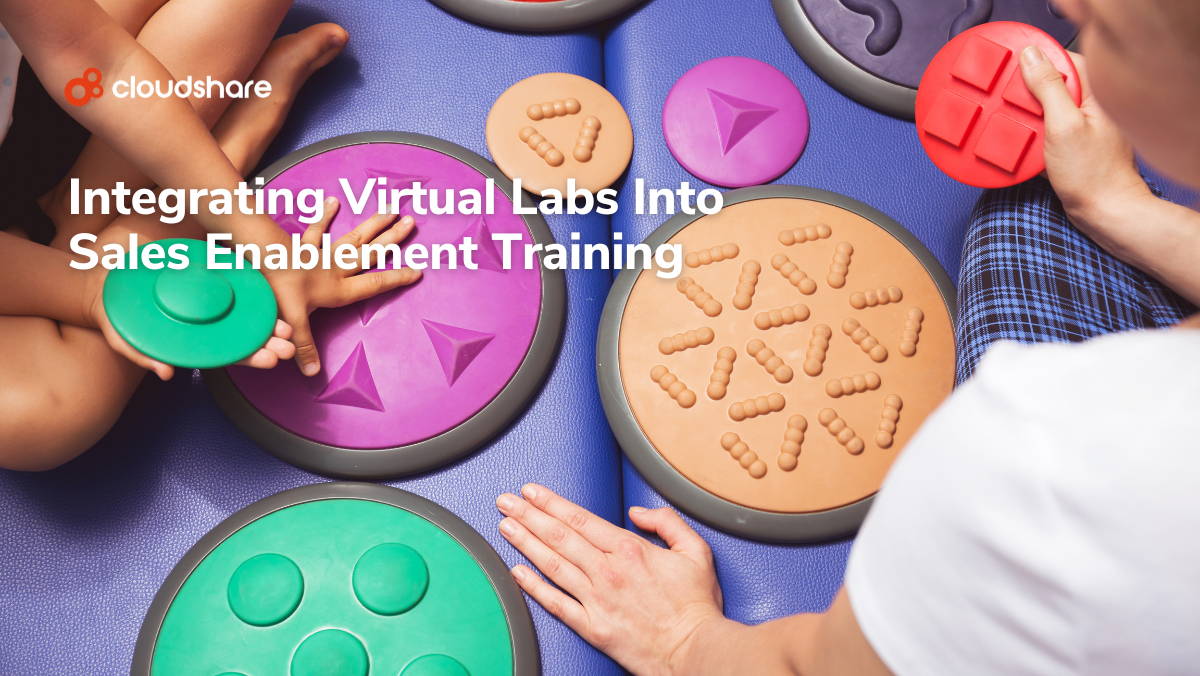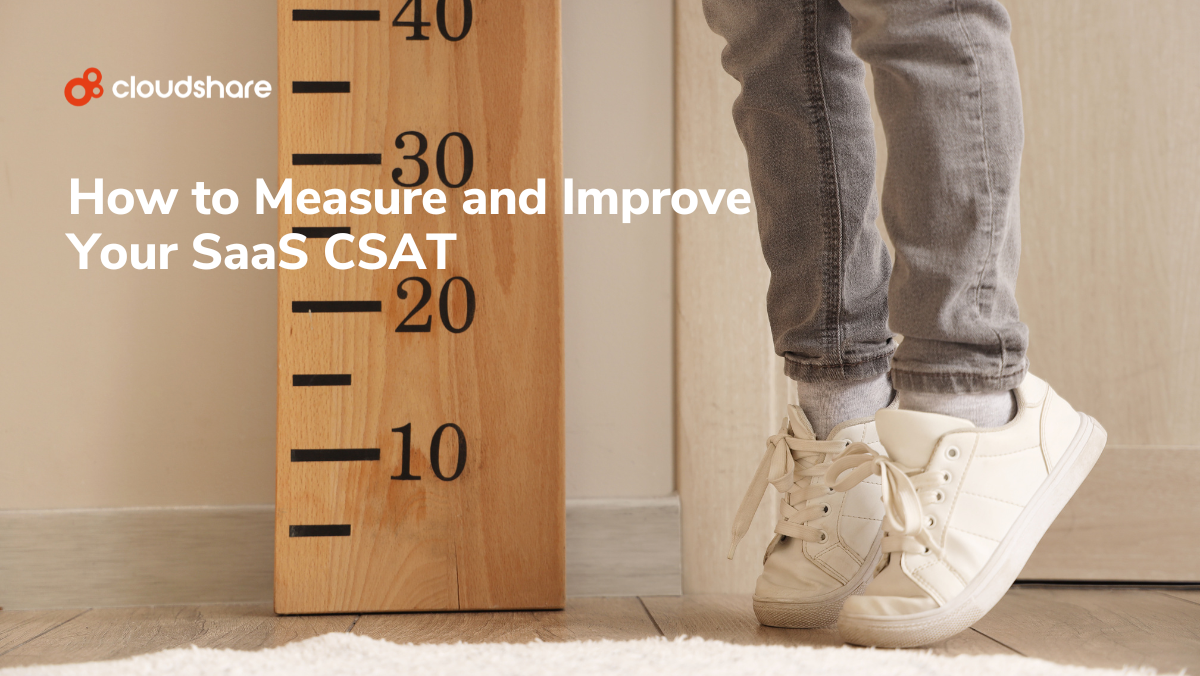
Sales demos are a time-honored way to educate potential buyers about your product and move them further along the buyer’s journey. In a perfect world, they close the sale on the spot.
Demos are especially important for SaaS platforms and other applications where the lead has specific requirements and must be sure that your product meets their needs. Additionally, it can often be challenging for leads to understand the differences between your product and your competitors. Sales demos help them gain a deeper understanding of what you’re selling.
The second most important thing buyers want to discuss on the first sales call is understanding how the product works, with 54% of B2B buyers indicating its importance. That comes in narrowly after product pricing at 58%.
Automated sales demos are a valuable tool to help educate prospective buyers about your product by offering hands-on experience. Depending on your use, they can be available on-demand on your website or quickly spun up by salespeople before the sales call.
It’s time to explore how automated sales demos can be put to work for your business to increase your close rate, help qualify leads, and ultimately boost your revenue. Read on to learn more about this leading-edge improvement on the age-old sales demo process.
What Are Automated Product Demos?
An automated sales demo improves the conventional demo process by automating important aspects of SaaS and application demos while conducting them in a virtual environment. The virtual environment creates a genuinely interactive product demo for leads to use your product directly, rather than watching a pre-recorded video or screen share with the salesperson.
And all they need is a browser, an Internet connection, and an invitation link. Then, they’ll be immediately taken to your demo and get their hands on your product.
What parts of the demo are automated? It depends on your execution, but there are several possibilities:
- Automatically spin up a virtual environment on-demand, so leads can use your platform without waiting for a sales call.
- Allow salespeople to quickly create virtual environments by leveraging templates while easily customizing them for a personalized experience.
- Ask leads a few questions that automatically personalize and create a virtual environment for them to explore.
- Send automated post-demo emails once a lead has exited the virtual environment, whether assisted by a salesperson or completed with an on-demand demo.
- Further qualify leads before they talk to a salesperson by letting them explore your product to help determine if it will solve their problems.
It’s clear how automated sales demos can enhance the sales process and allow salespeople to more effectively use their time by offering scalable solutions to many tasks that would otherwise be handled manually.
Where Do Automated Sales Demos Fit Into the Sales Process?
Automated demos are typically considered presales assets that help move leads throughout the buying process. Depending on exactly how automated demos are used, they can also generate meaningful data that sales staff can leverage, such as how they interacted with the automated product demo.
Demo automation can replace traditional types of content, such as pre-made video walkthroughs, as a valuable supplement to the overall sales process.
Exactly where they fit in your sales process is up to you. Ultimately, automated demos are a flexible tool that sales teams can use wherever it makes sense for their workflow. It allows them to create engaging, hands-on experiences at scale, increasing the chances of converting a prospect.
The Top Six Benefits of Automated Sales Demos
Automated sales demos leverage technology like artificial intelligence to create compelling, personalized experiences for your customers. But what business benefits does this provide? The short answer is that it depends on how they’re used.
With that said, some of the likely benefits include:
Improved engagement
Instead of passively watching one of your sales demos, the lead in an automated demo can become a direct participant. This ultimately will result in buyers who are not only more engaged but also more knowledgeable about your software and what it can do. Ideally, they’ll also be highly enthusiastic about integrating your software with their business.
Available 24/7
Whether your sales team is fully booked or one of your prospects works mainly at night, it isn’t always possible to deliver a manual demo. With an automated demo platform, that’s a non-issue. Your prospects can enjoy a personalized, hands-on demo experience regardless of when and where they’re participating.
Increased close rate
According to Hubspot, the software industry as a whole has an average close rate of 22 percent. While that’s not exactly terrible — the average close rate across all industries is 20 percent — it could be better. The simplest way to make it better is by looking at both your product demo and onboarding experience, which are ultimately two sides of the same coin.
Scalability
Your salespeople are only human. They have a limited capacity for working with and engaging new prospects. Traditionally, this meant that as a business scaled, it would need to hire more salespeople.
While this is still to some extent true, an automated demo platform can help mitigate some of the cost, scaling to support a near-infinite number of demos and POC presentations. This has the knock-on effect of reducing customer acquisition costs since you’re spending less per deal than you would otherwise be required to spend.
A faster sales cycle
The average SaaS sales cycle can range from 90 days to upwards of six months. It goes without saying that you want to be as close to the smaller end of that spectrum as possible, if not below it. Automating your demos is one way you can potentially achieve that alongside other tactics such as intelligent lead scoring.
Consistent demo experiences
A salesperson is what ultimately makes or breaks a sale, with their charisma and expertise being the difference between a closed deal and a lost lead. An automated, interactive product demo at least slightly lightens the load in that regard. It’s less reliant on the knowledge and experience of the salesperson, as it gives prospects a full picture of the product and how it fits into their ecosystem.
Best Practices for an Effective Automated Product Demo
Automated product demos need to be used effectively to truly benefit from them. So let’s explore some essential practices to help you make the most of them.
Keep it Personalized
Automated demos should maintain a personal touch by leveraging the lead’s data when creating the virtual environments.
Automation improves the potential for personalization by allowing you to configure VM templates to leverage available data without requiring salespeople to input the lead’s data manually.
For example, if your SaaS platform has use cases throughout several industries, you can query leads about their industry before creating the demo environment. Then, the system can automatically create a demo catered to that industry by showing a unique dashboard designed for it.
Of course, you can also allow salespeople to customize templates based on their insights and previous customer contact.
Create Specific Tasks or Challenges
Don’t make the mistake of creating a customized virtualized environment and making the lead figure out what to do next.
Have specific tasks for the lead to accomplish with your platform. For example, if you offer an inventory management platform, ask them to log a new shipment or run inventory level reports.
Make a list of tasks that emulate how buyers will likely use your product should they become customers. Not only will this help illustrate exactly how your product solves their problems, but it doubles as product training, so they’re more prepared after they become a customer.
Make it as Real as Possible
Demos tend to have a bad connotation of being a watered-down version of your platform. Combat this by creating demos that closely imitate a real working environment by including every feature of your product and populating it with realistic data.
Using our inventory management example, configure the demo to have realistic data that mimics a busy warehouse. Populate it with pending shipments, available inventory, and damaged inventory.
Fortunately, automation allows you to set these environments once and then use them infinitely. As a result, sales staff won’t have to create realistic warehouse data manually; instead, they’ll be included with your VM templates.
Make CloudShare Your Automated Sales Demo Partner
Sales is a critical department, but it’s arguably been the least affected by automation. Automating your sales demos allows you to improve efficiency, boost close rates, and provide an engaging hands-on experience. As a result, you’ll better use your sales teams’ time and increase their revenue.
You need the right platform to reap these impactful benefits. CloudShare is a pioneer of leading-edge technology that allows you to conduct automated sales demos in virtual environments that create engaged customers.
Ready to transform your product demos? Contact CloudShare’s automation experts today to discover how our platform can help.
Updated June 2024




